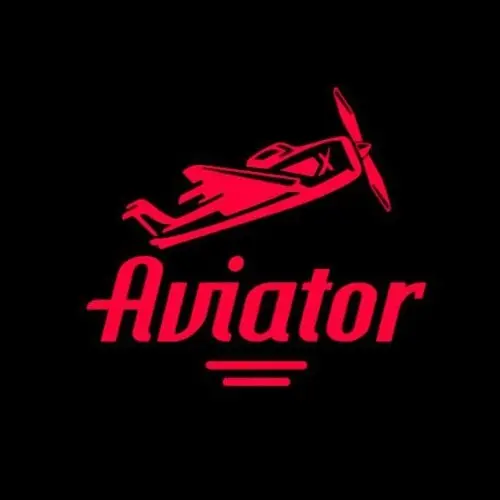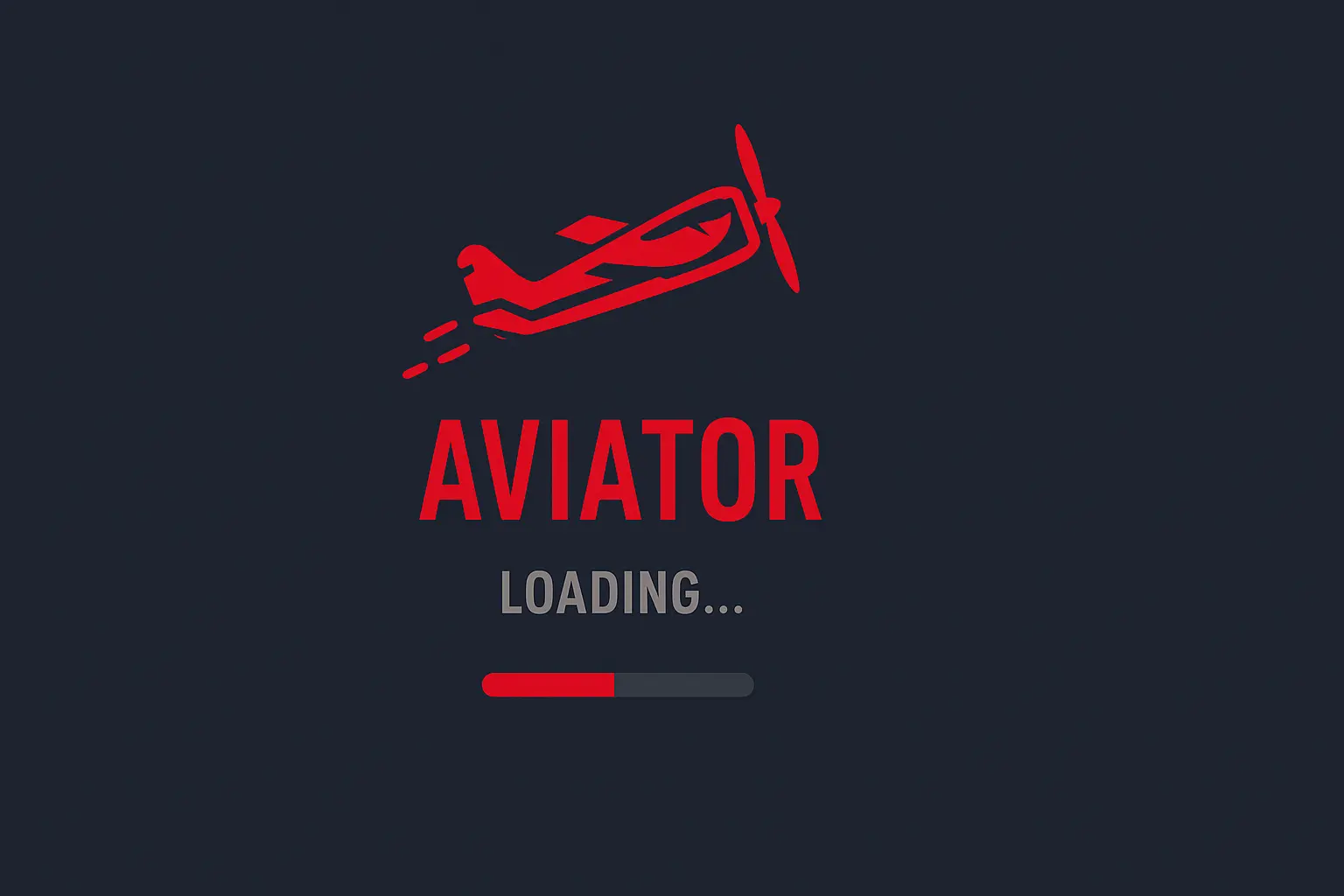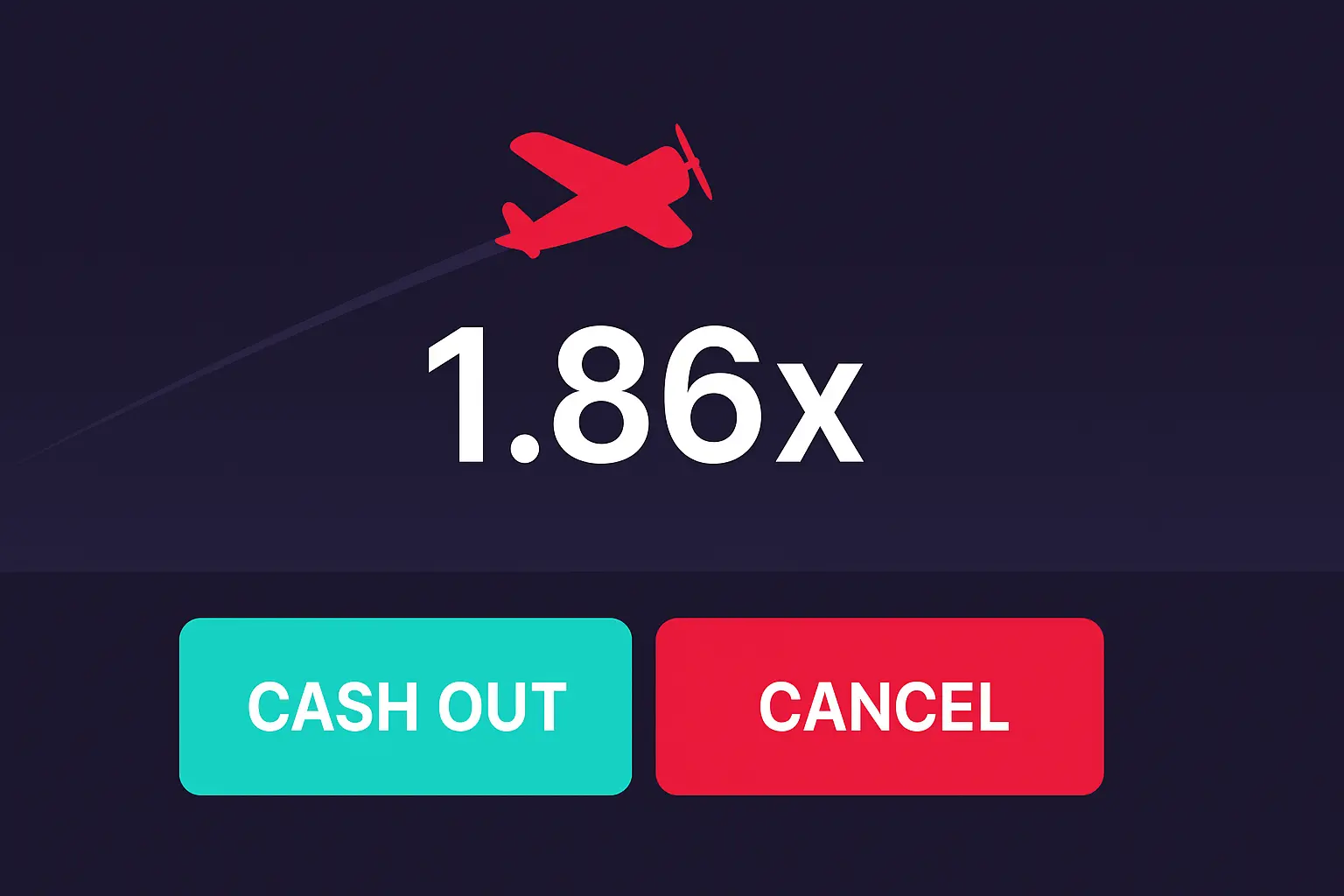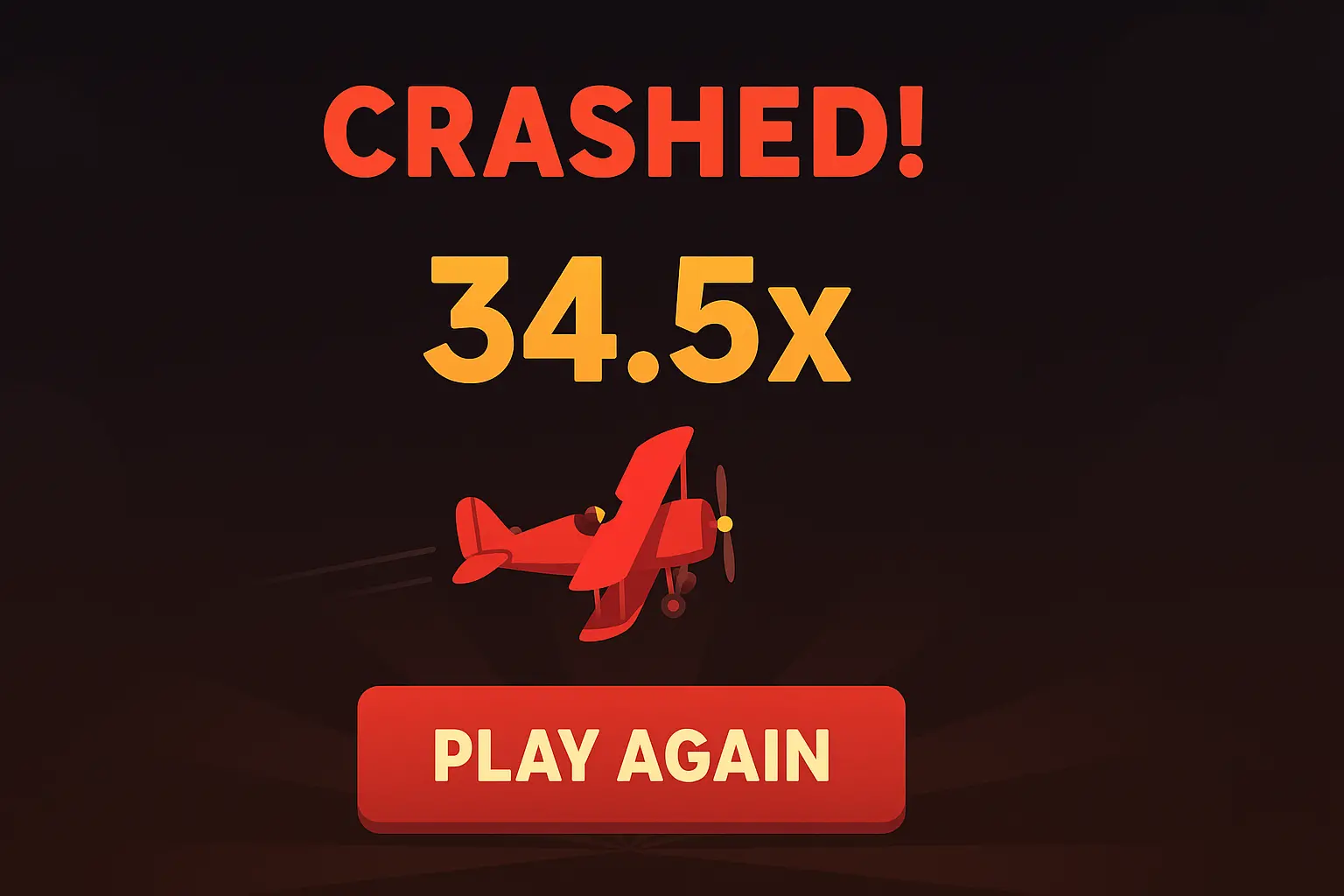Step 1: Setup
Initialize your project with HTML5 Canvas and JavaScript. Set up the game environment, including the canvas size and basic styling, to prepare for dynamic gameplay elements.
Create an addictive Aviator-style game with our step-by-step tutorial. Master core mechanics and UI design.

This tutorial guides you through building an Aviator-style game from scratch, tailored for Indian developers. Each step is broken down into manageable tasks, covering setup, physics, and launch mechanics. By the end, you’ll have a functional game with dynamic multipliers and a polished UI, ready to captivate players. Follow these steps to bring your game to life.
Initialize your project with HTML5 Canvas and JavaScript. Set up the game environment, including the canvas size and basic styling, to prepare for dynamic gameplay elements.
Add motion and randomization to simulate the airplane’s flight path. Learn to implement smooth animations and collision detection for a realistic experience.
Code the core multiplier logic and trigger system. Create an engaging mechanic where players decide when to cash out before the flight crashes.
The Aviator project teaches you to code essential game mechanics that make the game addictive. This section highlights the core features you’ll build, from random flight paths to dynamic multipliers and real-time UI updates. Each mechanic is designed to be modular, so you can reuse them in your own projects, perfect for Indian developers aiming for professional-grade games.
Code unpredictable airplane paths using randomization for varied gameplay.
Build a dynamic multiplier that grows until a random trigger, boosting excitement.
Create a real-time display for multiplier values, enhancing player engagement.
Explore the code behind the Aviator project with these tabbed examples. Each snippet includes HTML, JavaScript, and a live result preview, showing how to implement key mechanics like the multiplier system. Tailored for Indian developers, these examples are easy to understand and modify, helping you build your own version of the game.
1.0xconst canvas = document.getElementById('aviatorCanvas');
const ctx = canvas.getContext('2d');
let multiplier = 1.0;
let isRunning = true;
function updateMultiplier() {
if (isRunning) {
multiplier += 0.1;
document.getElementById('multiplier').textContent = `${multiplier.toFixed(1)}x`;
if (Math.random() < 0.02) isRunning = false;
}
ctx.clearRect(0, 0, canvas.width, canvas.height);
ctx.fillStyle = '#ff003c';
ctx.fillRect(50, 150 - multiplier * 10, 20, 20);
if (isRunning) requestAnimationFrame(updateMultiplier);
}
updateMultiplier();Aviator’s simple yet engaging mechanics make it an ideal project for aspiring game developers in India. Its straightforward gameplay teaches core concepts like randomization, timing, and UI design without overwhelming beginners. With real-world applications and a focus on mobile-friendly code, this project helps you build skills that translate to professional game development. Here’s why it’s a great starting point:
“Aviator taught me how to code dynamic mechanics in a way that’s fun and approachable.”
– Priya Sharma, Bengaluru
Building a compelling game UI is key to player retention. This scrollable timeline walks you through the Aviator project’s UI stages, from the loading screen to the final outcome state. Each step includes a thumbnail and detailed explanation, showing Indian developers how to create a seamless flow that enhances gameplay and keeps players coming back.

A clean, animated loading screen sets the tone. Use CSS animations to create a welcoming first impression.

Design a functional dashboard with real-time multiplier displays and clear controls for player interaction.

Craft an engaging game-over screen that encourages replays with dynamic score displays and CTAs.
Stuck on a step or want feedback on your Aviator project? Our support team and Indian developer community are ready to help. Whether you’re debugging code, refining your UI, or seeking inspiration, reach out via our contact page. We’re committed to helping you succeed in your game development journey.
Get Support